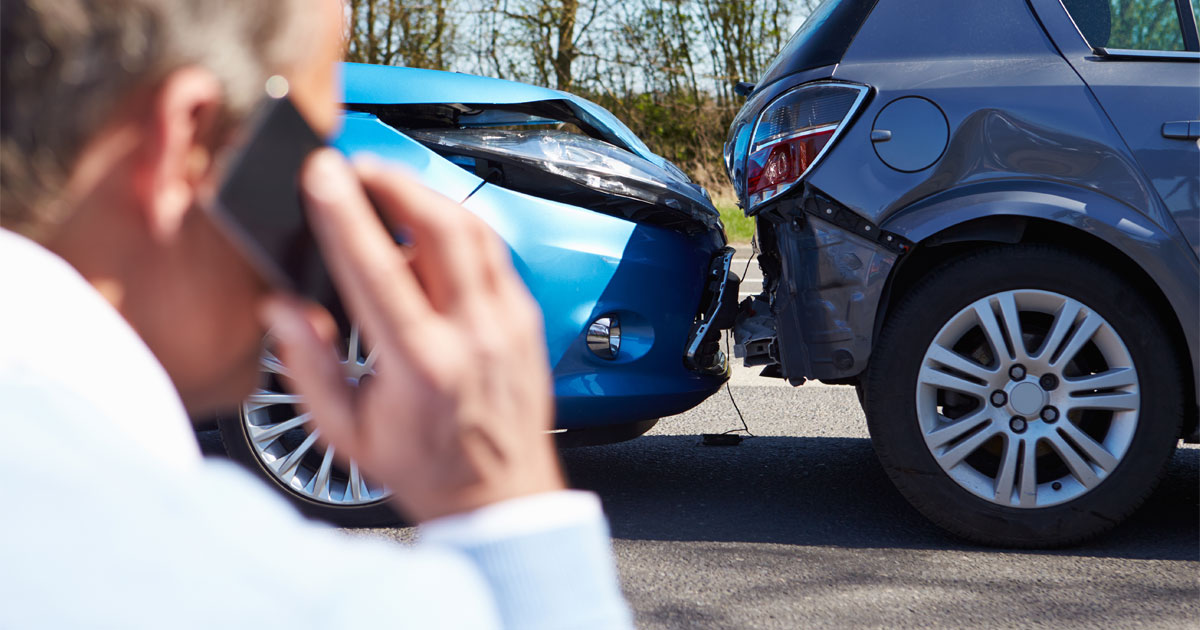Who Is Responsible in a Chain Reaction Accident?
Published: Apr 30, 2020 in Auto Accident, Personal Injury
Chain reaction car accidents involve multiple vehicles and typically result in more serious injuries and vehicle damage than a two-car collision. A chain reaction, or pile-up, also may involve more than one negligent party, which makes it more complex when it comes to establishing who is legally at fault.
However, plaintiffs in personal injury lawsuits must prove causation in order to recover damages for their injuries. Therefore, it is important to understand how liability is determined in multi-car accidents.
Causes of Chain Reaction Car Accidents
Chain reaction accidents typically involve an initial accident that leads to one or more other accidents. For example, several people were recently injured in a multiple vehicle accident on Interstate 80. According to Illinois State Police, a man driving a car struck a tow truck that was hauling a vehicle. After the accident, the man was standing outside his car when he was struck by another vehicle. That accident then caused a chain reaction with several other vehicles, and ultimately led to eight people being injured.
There are many potential causes of chain reaction accidents that may not be clear-cut. Sometimes, they are caused by one driver’s negligence, such as when a driver is speeding, causing them to rear-end the car in front of them, who then hits the next car, causing a chain reaction.
Other times, the person who is rear-ended is also to blame, like if the driver was distracted or did not leave enough space between their vehicle and the vehicle in front. The more cars that are involved, the more complicated, especially considering that states follow different models when it comes to determining fault.
Modified Comparative Fault
Illinois follows the modified comparative fault model, which states that plaintiffs must not be more at fault than the defendant in order to recover damages. Illinois follows the 51 percent rule, which states that plaintiffs must be less than 51 percent at fault in order to recover damages. Therefore, recovery is barred for those who are determined to be 51 percent or more responsible. Those who share less than 51 percent of the blame may recover an award reduced by their assigned portion of fault.
Determining Fault in Multi-Car Accidents
In multi-car accidents, the same 51 percent modified comparative negligence rule is applied. Each party’s percentage of fault for the accident must be established in order to determine who is entitled to damages.
Generally, if a party could have prevented part of the accident, their damage award will be reduced by that amount. For example, if a plaintiff’s damages are $100,000 but he is determined to be 10 percent at fault, he or she will only be entitled to $90,000. If other negligent parties are involved, the plaintiff may only collect the amount that reflects their respective percentage of fault from each party.
Edwardsville Car Accident Lawyers at The Cates Law Firm, LLC Represent Victims of Multiple Car Pile-Ups
If you were injured in a chain reaction accident, contact one of our Edwardsville car accident lawyers at The Cates Law Firm, LLC. For a free consultation, complete our online form or call us at 618-277-3644. Located in Swansea, Illinois, we represent clients throughout southern Illinois, including Belleville, Carbondale, East St. Louis, Granite City, Edwardsville, Chester, Waterloo, St. Louis, Madison County, St. Clair County, Monroe County, and Randolph County.
